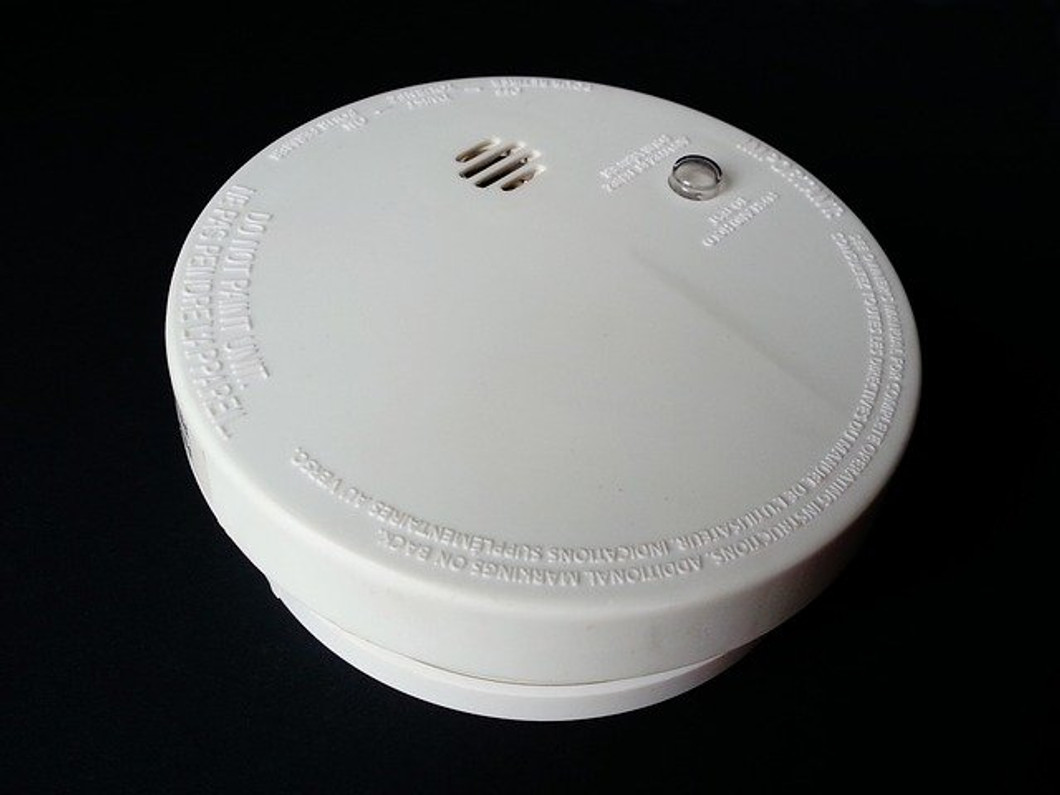How to Protect Against Carbon Monoxide Poisoning in Your Home
Carbon monoxide poisoning is a common problem. According to the U.S. Centers for Disease Control and Prevention (CDC), it's responsible for over 400 deaths in the United States each year along with an additional 50,000 visits to hospital emergency rooms. As an tasteless and odorless gas, though, carbon monoxide often goes unnoticed. It's not until a family member becomes physically sick that he or she realizes the presence of this gas. So, what can you can do to protect against carbon monoxide poisoning in your home?
Install Detectors
The single most important thing you can do to protect against carbon monoxide poisoning is to install and use carbon monoxide detectors. They work like smoke detectors -- only they trigger in response to the presence of carbon monoxide. If there's a buildup of this toxic gas in your home, the carbon monoxide detectors will sound a loud alarm notifying you of its presence.
Get Your Chimney Cleaned
Assuming your home has a fireplace, you should get the chimney cleaned by a professional at least once a year. It's a little-known fact that a clogged chimney can cause carbon monoxide poisoning. When not cleaned on a regular basis, soot will build up inside the walls of your chimney. In turn, the gases produced by your fireplace won't be able to escape. They'll stay inside your home, resulting in higher levels of carbon monoxide as well as other potentially toxic gases.
Don't Use an Oven for Heat
During the winter, some homeowners turn on their gas oven for supplemental heat. While using a gas oven for heat may sound harmless, it can increase you and your family's risk of carbon monoxide poisoning. Like all gas-powered appliances, gas ovens produce carbon monoxide. If the oven door is closed, carbon monoxide will be safely vented to the outside of your home. If you leave the oven door open, however, carbon monoxide will enter your home's living space.
Don't Run Vehicles In an Enclosed Garage
Another mistake to avoid is running vehicles in an enclosed garage. If it's cold outside, you may assume that it's okay to let your vehicle run for a few minutes to warm up. In an enclosed garage, however, your vehicle will produce carbon monoxide that may enter your home's living space. You can still let your vehicle run; just remember to open the garage beforehand. Otherwise, it may lead to a buildup of carbon monoxide inside your home.
Recent Posts
-
Fire Safety in the Workplace: What You Need to Know
What steps are you taking to prevent fires in your workplace? According to the U.S. Occupational Saf …Aug 23rd 2023 -
Is It Safe to Go Jogging With a Cold Infection?
If you're suffering from a cold infection, you might be wondering whether it's safe to go jogging. T …Aug 22nd 2023 -
5 Safety Tips to Follow When Using a Powder-Actuated Tool
Powder-actuated tools are commonly used to join materials to steel and concrete. Also known as Hilti …Aug 20th 2023




